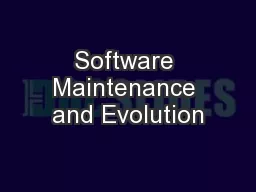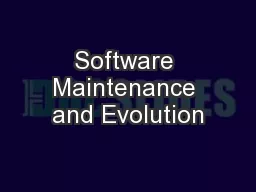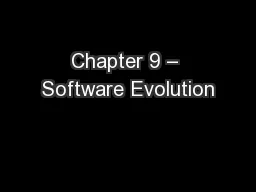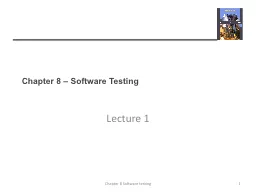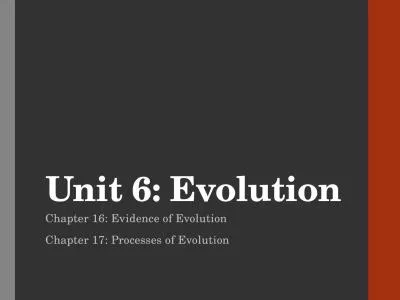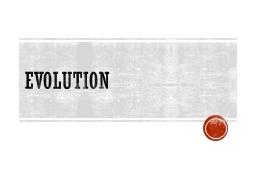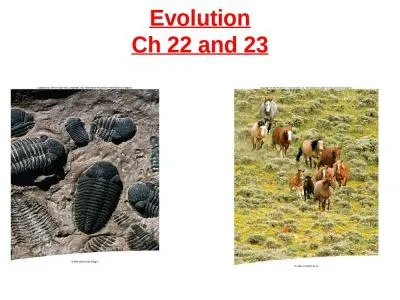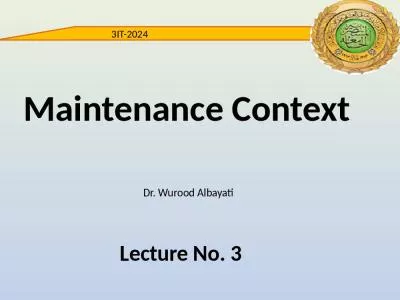PPT-Software Maintenance and Evolution
Author : olivia-moreira | Published Date : 2018-01-08
CSSE 575 Session 3 Part 3 Dealing with Generalization Steve Chenoweth Office Phone 812 8778974 Cell 937 6573885 Email chenowetrosehulmanedu From wwwcartoonbankcom
Presentation Embed Code
Download Presentation
Download Presentation The PPT/PDF document "Software Maintenance and Evolution" is the property of its rightful owner. Permission is granted to download and print the materials on this website for personal, non-commercial use only, and to display it on your personal computer provided you do not modify the materials and that you retain all copyright notices contained in the materials. By downloading content from our website, you accept the terms of this agreement.
Software Maintenance and Evolution: Transcript
Download Rules Of Document
"Software Maintenance and Evolution"The content belongs to its owner. You may download and print it for personal use, without modification, and keep all copyright notices. By downloading, you agree to these terms.
Related Documents

